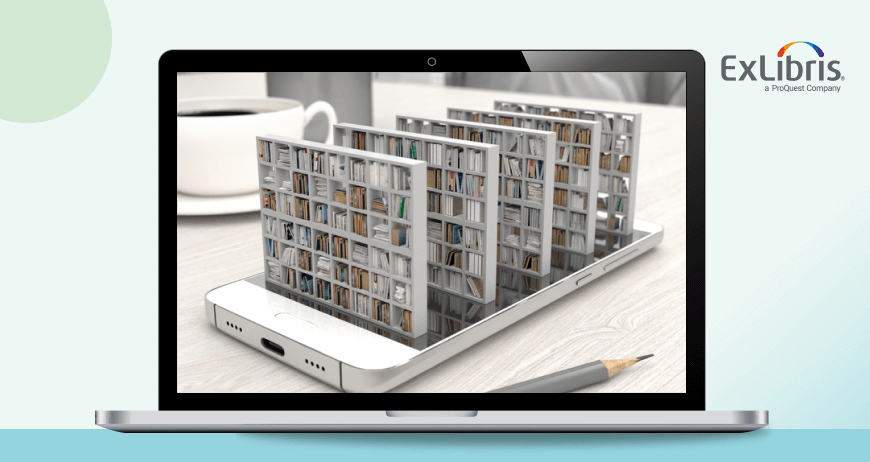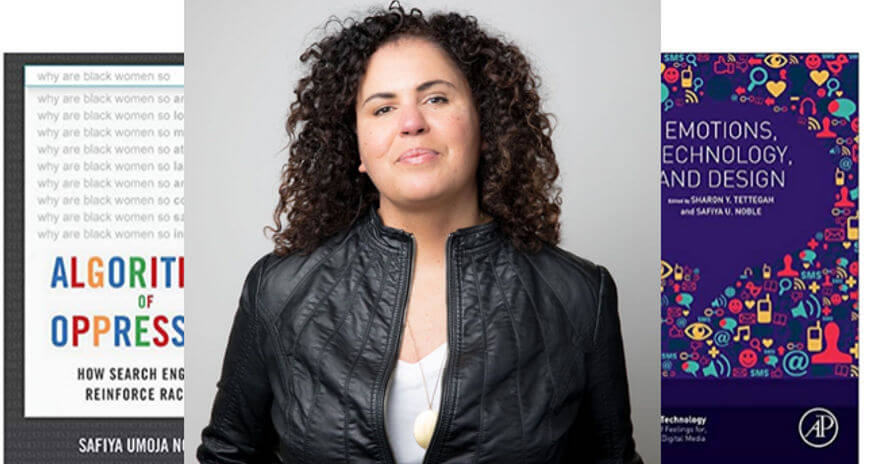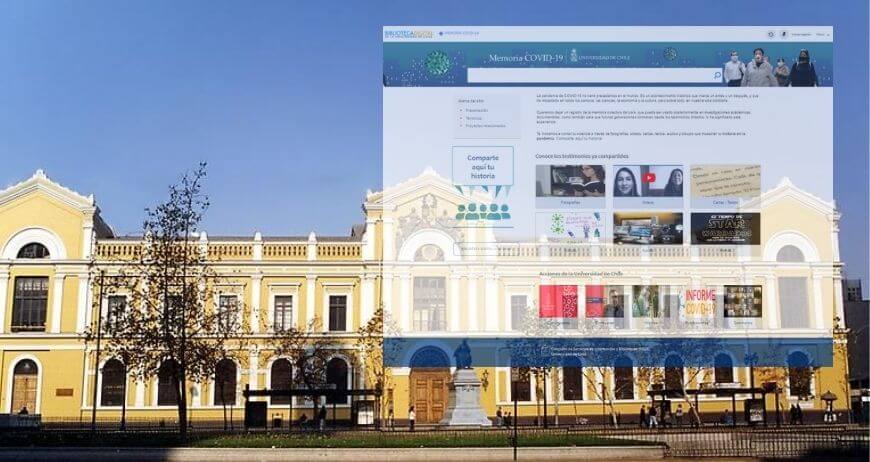By Clementina Fraticelli, Servizio Bibliotecario di Ateneo – Università di Camerino
The OAI9 Workshop, held in Geneva in June this year, was a well organised conference, with a large number of highly qualified attendees, excellent speakers and a very scientific approach to the foremost key topics on scholarly communication and technological innovation. As a first-time attendee, I found a well-balanced mosaic of plenary sessions, tutorials, breakout groups, a poster session, plus plenty of time for discussion and interaction between fellow delegates on new projects, proposals, personal experiences in a friendly, open, learning-driven environment.
There were various tutorials to choose from on the first day, which presented a welcome opportunity for this community gathered in Geneva to interact with one another. Each tutorial focused on cutting-edge trends related to the major issues scholarly communication is confronted with: open access policies, identification, publishing, digitisation, open science, resource version access.
The opening keynote “Beyond open access” given by Dr Michael Nielsen addressed significant future post-open access scenarios, laying the foundations for the key questions and themes which would run through the debates in the days that followed. Dr Nielsen observed that, given that open access to research content is already a great achievement, new media forms (i.e. iPhyton notebooks) can amplify our individual and collective intelligence. Difficult cognitive tasks can now be performed easily and knowledge has become more explorable and extensible, building a dialogue between abstract discussion and concrete models.
The path ahead from open access to open science was explored in a number of a ways throughout the conference. Regarding technical innovations, researchers are faced with the search for solutions to the stable and sustainable use and re-use of large sets of data. Publishing query-able, low cost linked data and executing complex queries efficiently is one of the key challenges. Undoubtedly, no reliable, agreed-upon methods for publishing scientific datasets exist. If stored in the form of nanopublications based on semantic web techniques, made immutable by using identifiers called Trusty URIs, datasets and their individual nanopublications could be produced, published, retrieved, verified and recombined in a reliable and trustworthy manner. Likewise, referencing resources such as software, ontologies, project websites, presentations, blogs, videos, tweets, etc. are increasingly found in common use. Whilst easily accessible, they are unfortunately vulnerable to reference rot. Through link decoration, i.e. reference to an archival snapshot of the resource and the date and time of linking, the desired content can be retrieved from web archives (see the Memento Time Travel extension for Chrome).
Meanwhile, barriers to providing open access to scientific literature persist. Early-career researchers can make an impact as “game changers”. Alternative publishing options, self-archiving, tools to help make the right publishing choice tackle concern over employment, grants, tenure, while those at more advanced career levels can support early-career researchers, in particular by reforming researcher evaluation systems. Involvement and advocacy are paramount to success and some initiatives provide perfect examples of how open access should be encouraged. For example, the San Francisco Declaration on Research Assessment, the OpenCon 2015, the Open Access Button, built around the 2009 Student Statement on the Right to Research, have now grown to be recognised as tools to catalyse change and “create a world where science has more impact” by easing access and detecting barriers. The WikiProject Open Access pursuing the integration of OA elements into Wikimedia workflows or policies is pursuing the same goals.
The presentation of a hypothetical, changing research workflow supported by data from an ongoing survey (101 Innovation in Scholarly Communication), launched throughout Europe on tools and sites researchers currently use, proved how science is in transition and how it is vital for the process to be sustained. CHORUS is a project on open science workflows. A not-for-profit membership organisation, it enables free access to articles reporting on funded research, optimising the discoverability of articles through common third-party engines. CHORUS points users to the best available version of articles on publishers’ sites, where they can find context, tools, and information, either on publication or after an embargo period. SHARE is a higher education initiative whose mission is to maximise research impact by making a comprehensive inventory of accessible, discoverable, and reusable research and creating an openly available dataset about research activities across their life cycle.
Opening up science also implies the reconsideration of well-set quality assurance behaviours like peer reviewing. How to maintain high standards of quality and free scientific communication from the burden of traditional publishing models? There are three impressive initiatives who concern themselves with this. Firstly, the highly successful PLOS ONE model with the reader at the centre and technology to gather spontaneous self-organising communities, expanding thus the scope of reviewing. Another such initiative is Peerage of Science, which provides authors with a peer-reviewing service before submitting to any journal. The peer reviews are themselves peer reviewed, increasing and quantifying their quality. The peer review process is available concurrently to all subscribing journals with automated event tracking. Authors may accept a direct publishing offer from subscribing journal, or choose to export the peer reviews to any journal of their choice. They also decide on their own deadlines. Lastly, Publons.com allows reviewers to record their contributions in a format useful for job and funding applications, get recognition for work done for journals and more.
Institutions themselves are to be responsible for delivering research in the first place, as they are the producers of this work. A whole system of services in the scholarly communication industry such as pricing, expert review, and new methods of evaluation and assessment will become more effective if a change towards “intelligent openness”, i.e. transparency, is made. Dissemination, traditionally outsourced to third party publishers, is being recognised as a powerful strategic tool for scholars and scholarly institutions
to see ones’ work recognised, but this is a multi-faceted issue with no ready-made answer. Best practices in this field come from lessons learned and mistakes.
to see ones’ work recognised, but this is a multi-faceted issue with no ready-made answer. Best practices in this field come from lessons learned and mistakes.
Not secondary to future challenges is the curation and preservation of growing amounts of data and large complex scientific objects. Some projects, like CERN Open Data Portal, the Data Analysis Preservation Framework and research conducted on data life-cycle management solutions were presented as good practices to learn from.
Just to close the circle of the workshop, after a poster session where many projects on technical and political achievements within open access were shown – such as, the TIB-AV Portal, Vivo, ORCID implementation at the University of York, FOSTER, Pasteur4OA – the reflective breakout session brought deeper insight into topics that tutorials had already introduced the day before.
You might also be interested in

COVID-19
Librarianship
April 28, 2021 |
11 min read
Trends in Physical and Electronic Resource Usage in U.S. Academic Libraries

COVID-19
Librarianship
April 09, 2021 |
5 min read
National Library Week: Recognizing Libraries as a Reliable and Resilient Force

Alma
Librarianship
April 06, 2021 |
6 min read
Centralizing, Optimizing and Cutting Costs
Great library experiences start with software
Download whitepaper

Alma
Librarianship
March 09, 2021 |
7 min read
Finding the Best Integrated Library System for Small and Medium Library Collections and Management

Alma
Librarianship
February 16, 2021 |
6 min read
A Small Library Staff Can Do Much More Than You Think

Alma
Librarianship
November 11, 2020 |
5 min read
The Big Challenges of Small Libraries

Community
Librarianship
October 14, 2020 |
3 min read
Diversity, Equity and Inclusion: Dr. Safiya Umoja Noble Chats with Ex Libris

Alma
Primo
Community
COVID-19
Librarianship
August 13, 2020 |
2 min read
A Unique Approach to Memorializing 
